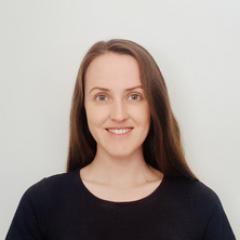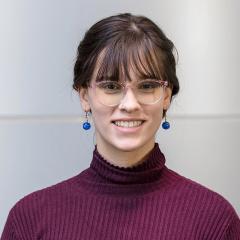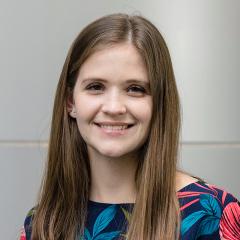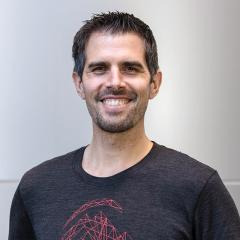Our group focuses on dissecting the genetic basis of common complex traits and diseases using genome-wide association studies (GWAS) and the development of statistical genetics methods and software to accomplish this task.
We work across a range of different phenotypes and diseases including early life phenotypes such as birth weight and their relationship to later life risk of disease, osteoporosis, autoimmune diseases including ankylosing spondylitis and multiple sclerosis, overwhelming bacterial infection (sepsis), and laterality (handedness).
We are active in statistical genetics methods development including approaches for gene mapping, variance decomposition and causal modelling. We have a particular interest in Mendelian randomization (MR) and structural equation modelling (SEM), and using these methods to investigate the Developmental Origins of Health and Disease (DOHaD) and other causal questions in genetic epidemiology.
We have a lot of large scale genetics datasets in house including the UK Biobank study, and have excellent collaborative relationships with a number of the world’s premier cohort studies including ALSPAC, and the Norwegian MOBA and HUNT studies.
Group leader

Professor David Evans
Group Leader, Genetic Epidemiology
+61 7 334 62617
d.evans1@uq.edu.au
UQ Experts Profile
Google Scholar Profile
Evans group is interested in determining the genetic and environmental basis of common complex traits and diseases as well as developing statistical methods and models to better accomplish this task. We have a particular interest in approaches involving “Mendelian randomization”- that is, using the random segregation of alleles from parents to their children in order to perform experiments akin to “natural” randomized controlled trials. We work on large-scale genetic studies (typically hundreds of thousands of individuals) and are very active within several international genetics consortia including the EGG (Early Growth Genetics) and GEFOS (Genetic Factors in Osteoporosis) consortia.
PhD Project: Investigating the genetic and environmental relationship between left-handedness, mortality, disease and other life outcomes
Primary Supervisor: Professor David Evans (University of Queensland)
Associate Supervisor: Professor Sarah Medland (QIMR Berghofer Medical Research Institute), Professor George Davey Smith (University of Bristol)
Handedness refers to the preferential use of one hand over the other. Conversely, ambidexterity refers to the ability to perform the same action equally well with both hands. Hand preference is first observed during gestation as embryos begin to exhibit single arm movements. Across the life span, the consistent use of one hand leads to alterations in the macromorphology and micromorphology of bone, which results in enduring asymmetries in bone form and density. At the neurological level, handedness is associated with the lateralization of language (the side of the brain involved in language) and other cognitive effects. The prevalence of left-handedness in modern western cultures is approximately 9% and is greater in males than females. While handedness is conceptually simple, its aetiology and whether it is related to brain and visceral (internal organ) asymmetry is unclear. Using data from the UK Biobank, 23andMe and the International Handedness Consortium, we recently conducted the world’s largest genetic study of handedness in over 1.7 million individuals (Cuellar-Partida et al 2020). We found 41 genetic loci associated with left-handedness and 7 associated with ambidexterity (P < 5 × 10−8). We would now like to take this work forward and use this resource to investigate the relationship between handedness and a variety of life outcomes including mortality and common complex diseases. The successful candidate will gain experience across a wide range of advanced statistical genetics methodologies including Mendelian randomization (a way of using genetic variants to investigate putatively causal relationships), genome-wide association analysis (GWAS), genetic restricted maximum likelihood (G-REML) analysis of genome-wide data which can be used to partition variation in phenotypes into genetic and environmental sources of variation, and instrumental variables analysis (using natural “experiments” to obtain information on causality from observational data). Cuellar-Partida et al. (2020). Genome-wide association study identifies 48 common genetic variants associated with handedness. Nat Hum Behav. doi: 10.1038/s41562-020-00956-y.
These three publications illustrate some of our work in using genetic methods to investigate the validity of the Developmental Origins of Health and Disease (DOHaD) hypothesis:
- https://pubmed.ncbi.nlm.nih.gov/33106479/
- https://pubmed.ncbi.nlm.nih.gov/31043758/
- https://pubmed.ncbi.nlm.nih.gov/31043758/
A new statistical method to impute parental genotypes from their relatives data:
LDHub software - A web utility to estimate genetic correlations from GWAS summary results data:
Large scale GWAS of osteoporosis and functional follow up in mouse knock out models:
We have long standing collaborations with:
- University of Bristol (George Davey Smith, Debbie Lawlor)
- Avon Longitudinal Study of Parents and Children (ALSPAC)
- University of Exeter (Rachel Freathy)
- McGill University (Brent Richards)
- Erasmus Medical College (Fernando Rivadeneira).
We have good linkages with the University of Oslo, and the Norwegian MOBA and HUNT cohorts. We play a prominent role in many international genetics consortia including: Genetic Factors in Osteoporosis (GEFOS) Consortium Early Growth Genetics (EGG) Consortium International Handedness Consortium.
Our approach
Although our group works across many different phenotypes, we have a particular interest in the following traits and diseases:
Developmental Origins of Health and Disease (DOHaD)
The idea that adverse environmental factors early in life (especially in utero) result in long-term increases in risk of disease in later life.
Osteoporosis
Using information from genome-wide association studies, imaging studies, mouse and zebrafish models to identify promising new drug targets to prevent and treat bone loss.
Septic shock
Sepsis, (organ dysfunction due to an infection), is a major cause of morbidity and mortality worldwide. Approximately 5000 people die of sepsis in Australia each year - more than the annual national road toll and deaths due to breast, prostate and colorectal cancer. We lead one of the world’s largest molecular studies of sepsis.
Laterality and left handedness
Handedness is one of the least genetic of any trait. We are interested in using Mendelian randomisation approaches to better understand the causes and consequences of left-handedness on risk of disease and other traits.
Research areas
- The Developmental Origins of Health and Disease
- Osteoporosis and Osteoarthritis
- Mendelian randomization and Causal Modeling
- Genetic and Environmental Basis of Complex Traits and Diseases
General enquiries
+61 7 3346 2222
imb@imb.uq.edu.au
Media enquiries
IMB fully supports UQ's Reconciliation Action Plan and is implementing actions within our institute.
Support us
Donate to research
100% of donations go to the cause





